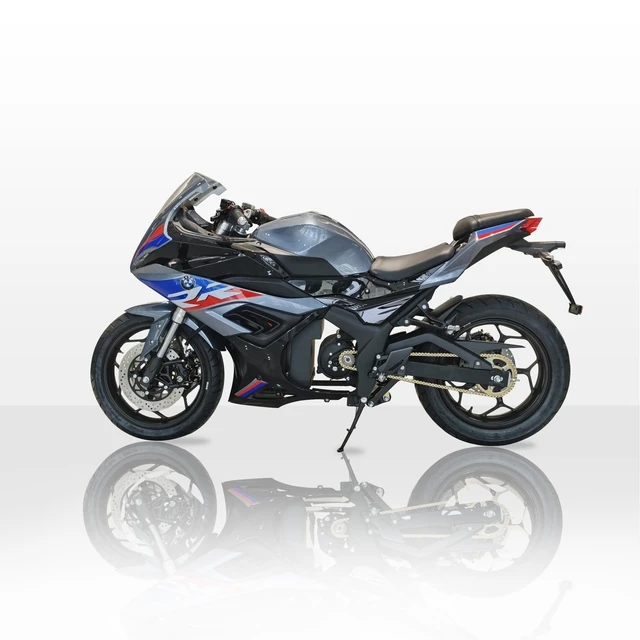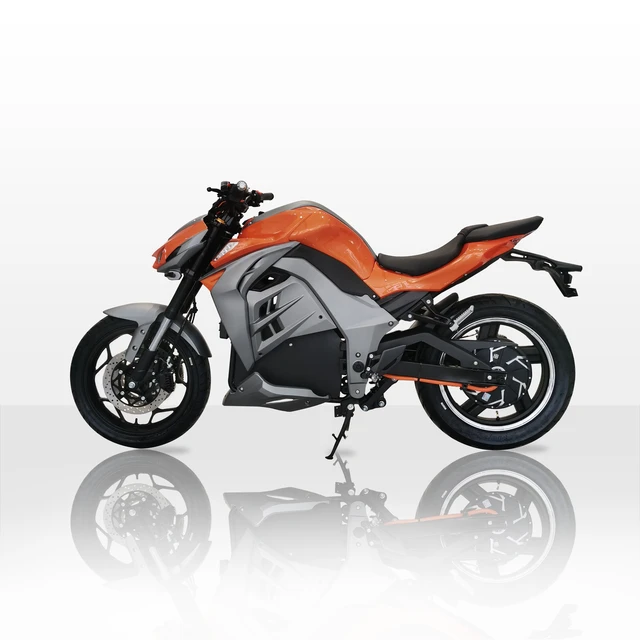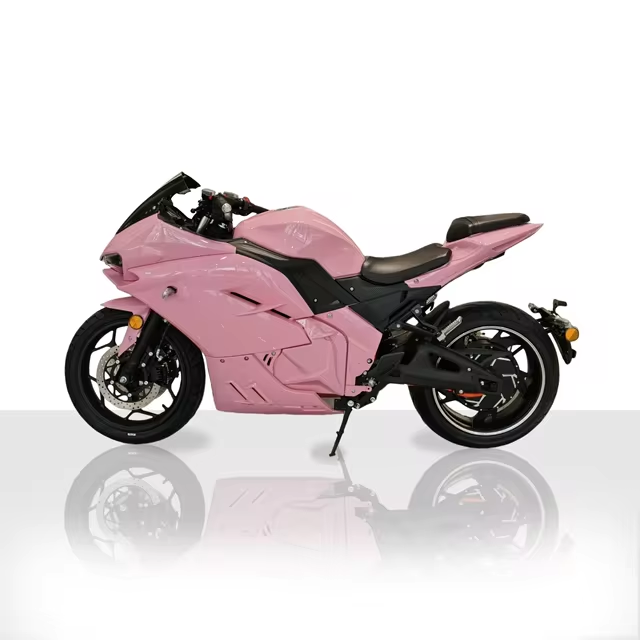When it comes to evaluating the longevity of a motorcycle, the question “How many miles is a lot for a motorcycle?” often comes up. Whether you’re a prospective buyer looking at used bikes or a current owner assessing the wear and tear on your machine, understanding how mileage affects a motorcycle is essential. While cars often reach hundreds of thousands of miles, motorcycles tend to have lower mileage thresholds for what is considered high. However, there’s more to it than just the number on the odometer. Maintenance, riding conditions, and the type of motorcycle are crucial factors that play significant roles in determining the life expectancy of a bike.
Factors Influencing Motorcycle Longevity
Maintenance and Upkeep
One of the foremost factors in assessing how many miles is a lot for a motorcycle is the level of maintenance it has received. While it may be tempting to think that one can simply clock miles without consequence, the reality is quite different. Regular maintenance, including oil changes, tire replacements, and brake checks, can significantly extend the life of a motorcycle.
Importance of Regular Oil Changes
Oil changes are perhaps the most critical aspect of motorcycle maintenance. Engine oil acts as both a lubricant and a coolant for internal components. Over time, oil degrades and loses its ability to effectively lubricate and cool the engine, leading to increased wear and eventual mechanical failure. Most experts recommend changing the engine oil every 3,000 to 5,000 miles, although this can vary based on the type of oil used and the motorcycle’s engine configuration.
Tire and Brake Maintenance
Equally essential are the tires and brakes, which are subject to continuous wear and tear. Tires typically need replacing every 5,000 to 15,000 miles, depending on the type of riding and the tire’s quality. On the other hand, brake pads and discs should be inspected at regular intervals to ensure optimal performance. Neglecting these aspects can lead to poor ride quality and even dangerous riding conditions.
Riding Conditions
Riding conditions also significantly impact how many miles is a lot for a motorcycle. Bikes that are mostly ridden in harsh conditions such as off-road trails or in heavy traffic tend to wear out more quickly compared to those that are ridden on smoother highways.
City vs. Highway Riding
City riding often involves frequent stops, starts, and shifting gears, which can wear out clutch components and brakes faster. The engine also tends to run hotter due to the stop-and-go nature of city traffic. Conversely, highway riding is generally less taxing on the motorcycle’s components, allowing for smoother operation and potentially extending the bike’s lifespan.
Weather and Climate
Weather conditions and climate can also play a significant role in a motorcycle’s longevity. Riding in extreme temperatures, whether hot or cold, can affect the durability of tires, the efficiency of the battery, and the performance of the engine. Moist and salty environments, often found in coastal regions, can lead to accelerated corrosion of metal parts, further reducing a bike’s life expectancy.
Types of Motorcycles and Their Expected Mileage
Different types of motorcycles have varying life expectancies based on their build, intended use, and general durability. Understanding these differences can provide better insight into how many miles is a lot for a motorcycle.
Sport Bikes
Sport bikes are often designed for high performance and aggressive riding. They usually have high-revving engines that can wear out more quickly compared to other types of bikes. For these kinds of motorcycles, reaching 25,000 to 30,000 miles could be considered high mileage. However, well-maintained sport bikes can sometimes go beyond this range.
Cruisers
Cruisers, such as Harley-Davidsons, are built for long rides and have more robust engines. These motorcycles can often exceed 50,000 miles if they are well-maintained. Some riders have reported their cruisers running well even at 100,000 miles, although this is less common.
Touring Motorcycles
Touring motorcycles are specifically designed for long-distance travel and often come with larger, more durable engines. It’s not uncommon to see touring motorcycles with mileages exceeding 100,000 miles. With excellent care, these bikes can offer reliable service for a very long time.
Dual-Sport and Adventure Bikes
Dual-sport and adventure motorcycles are designed for a mix of on-road and off-road riding. These bikes are generally more robust, designed to handle rough terrain and long miles. While it’s hard to pin down an exact number, these bikes can often last between 40,000 to 70,000 miles, depending on their usage and maintenance routines.
Signs of High Mileage
Understanding how many miles is a lot for a motorcycle cannot be solely based on the odometer. Several signs indicate that a motorcycle may be nearing the end of its lifespan, regardless of the miles ridden.
Engine Performance
One of the most telling signs of high mileage is deteriorating engine performance. Issues such as excessive oil consumption, engine knocking, or a noticeable decrease in power could indicate that the engine is wearing out. In some cases, a full engine rebuild might be required to restore the bike to its former glory.
Wear and Tear on Components
High mileage also often leads to noticeable wear and tear on various components, including the suspension, brakes, and drivetrain. Worn-out suspension can lead to an uncomfortable ride and reduced handling, while degraded brakes severely impact safety. The drivetrain, which includes the chain, sprockets, and transmission, can also suffer from the rigors of high mileage, necessitating replacements and repairs.
Electrical Issues
Older motorcycles with high mileage are more prone to electrical issues, including faulty wiring, dead batteries, and malfunctioning lights. These problems can be not only frustrating but also dangerous, especially if they occur while riding.
Evaluating a Used Motorcycle: What to Look For
If you’re in the market for a used motorcycle, understanding how many miles is a lot for a motorcycle and knowing what to look for can make a significant difference in your buying decision. Here are some important factors to consider:
Service History
A well-documented service history can provide great insight into how well the motorcycle has been maintained. Look for regular oil changes, tire replacements, and any significant repairs. A bike with a thorough service history is likely to be in better condition, regardless of its mileage.
Physical Inspection
Conducting a thorough physical inspection can help identify potential issues. Check for any visible signs of wear and tear, such as rust, worn-out tires, and leaky engine seals. Inspect the brake pads and discs, the condition of the chain and sprockets, and evaluate the suspension for any signs of damage.
Test Ride
A test ride is perhaps the most crucial step in evaluating a used motorcycle. Pay attention to how the bike handles, its engine performance, brake efficiency, and any unusual noises or vibrations. A well-maintained bike should provide a smooth riding experience with no major issues.
 Tips for Extending Motorcycle Life
Tips for Extending Motorcycle Life
While understanding how many miles is a lot for a motorcycle is valuable, taking steps to extend the life of your bike can help you get the most out of your investment.
Regular Maintenance
As previously mentioned, adhering to a regular maintenance schedule is key. Regular oil changes, brake inspections, and tire replacements are critical for keeping your motorcycle in top condition.
Safe Riding Practices
Adopting safe riding practices can also contribute to your motorcycle’s longevity. Avoid aggressive riding, excessive speeding, and stunts that can put undue stress on the bike’s components. Smooth, consistent riding not only extends the life of your motorcycle but also enhances safety.
Proper Storage
Proper storage is often overlooked but is essential for prolonging a motorcycle’s life. Store your motorcycle in a clean, dry place to prevent rust and corrosion. Using a motorcycle cover can also provide additional protection against dust and moisture.
Fuel Quality
Using high-quality fuel and fuel additives can keep your engine running smoothly. Poor quality gasoline can lead to engine knocking, clogged injectors, and reduced performance. Always opt for premium fuel if recommended by your motorcycle manufacturer.
Final Thoughts: How Many Miles Is a Lot for a Motorcycle
Ultimately, determining how many miles is a lot for a motorcycle involves considering various factors, including maintenance, riding conditions, and the type of motorcycle. While high mileage on a well-maintained touring motorcycle may be perfectly acceptable, the same number of miles on a neglected sport bike could signal impending problems. By understanding these aspects and taking a holistic approach to evaluating motorcycle mileage, you can make more informed decisions whether you’re buying, selling, or simply looking to extend the life of your current ride. In summary, mileage is just one of many metrics to consider when assessing a motorcycle’s value and longevity.


